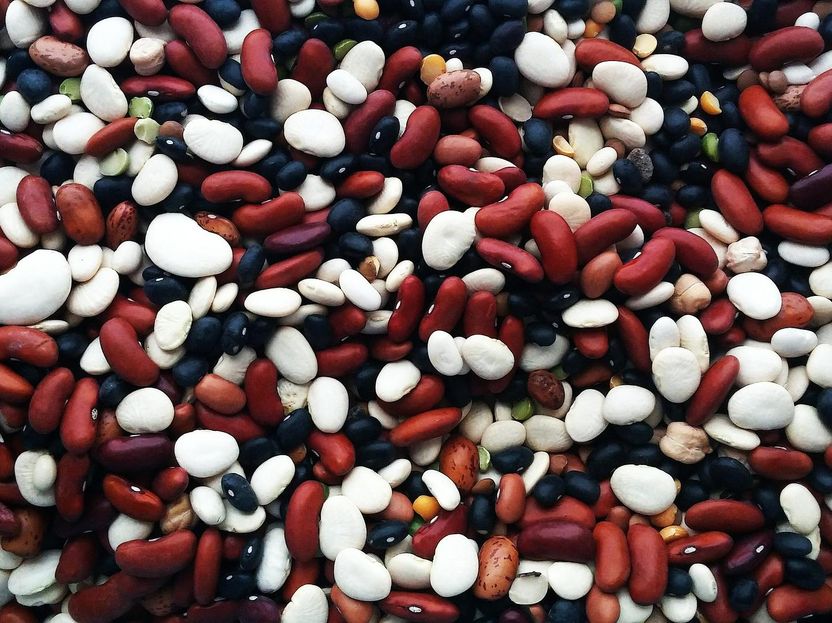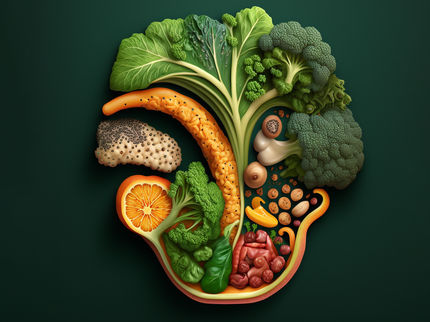February 10 is International Legume Day
Advertisement
They are true all-rounders: legumes score highly as valuable sources of protein for humans and animals, but also in cultivation with numerous positive effects on soil, biodiversity and climate protection. According to estimates by the German Federal Agricultural Information Center (BZL), per capita consumption of pulses is currently around two kilograms per year.

Lovesevenforty / Pixabay
Due to their valuable contribution to agriculture, nutrition and biodiversity, consumption of pulses - especially those grown domestically - should be expanded. For example, the Planetary Health Diet, an eating plan that protects human and planetary health alike, recommends a per capita consumption of 27 kilograms per year.
Legumes currently on five percent of arable land
For more domestically grown legumes to find their way into human diets and animal feed, cultivation in Germany must be expanded.
In 2021, pulses for grain production (mainly peas, beans, lupins and soybeans) occupied an area of 244,700 hectares, or 2.1 percent of arable land. In addition, there were 337,700 hectares of legumes for whole crop harvesting, such as clover and alfalfa. In total, this meant that legumes were cultivated on five percent of arable land in 2021.
Target: expand arable land to ten percent
Domestic cultivation of legumes is promoted by the German Federal Ministry of Food and Agriculture (BMEL) through the Protein Plant Strategy (EPS).
One target set in the BMEL's current arable crop strategy is ten percent of arable land by 2030 - or about 1.2 million hectares. About two-thirds of the legumes grown could be available for feed purposes, noticeably reducing the current soybean imports of 3.4 million tons (net import). The remaining part could be used for food purposes.
Note: This article has been translated using a computer system without human intervention. LUMITOS offers these automatic translations to present a wider range of current news. Since this article has been translated with automatic translation, it is possible that it contains errors in vocabulary, syntax or grammar. The original article in German can be found here.






























































